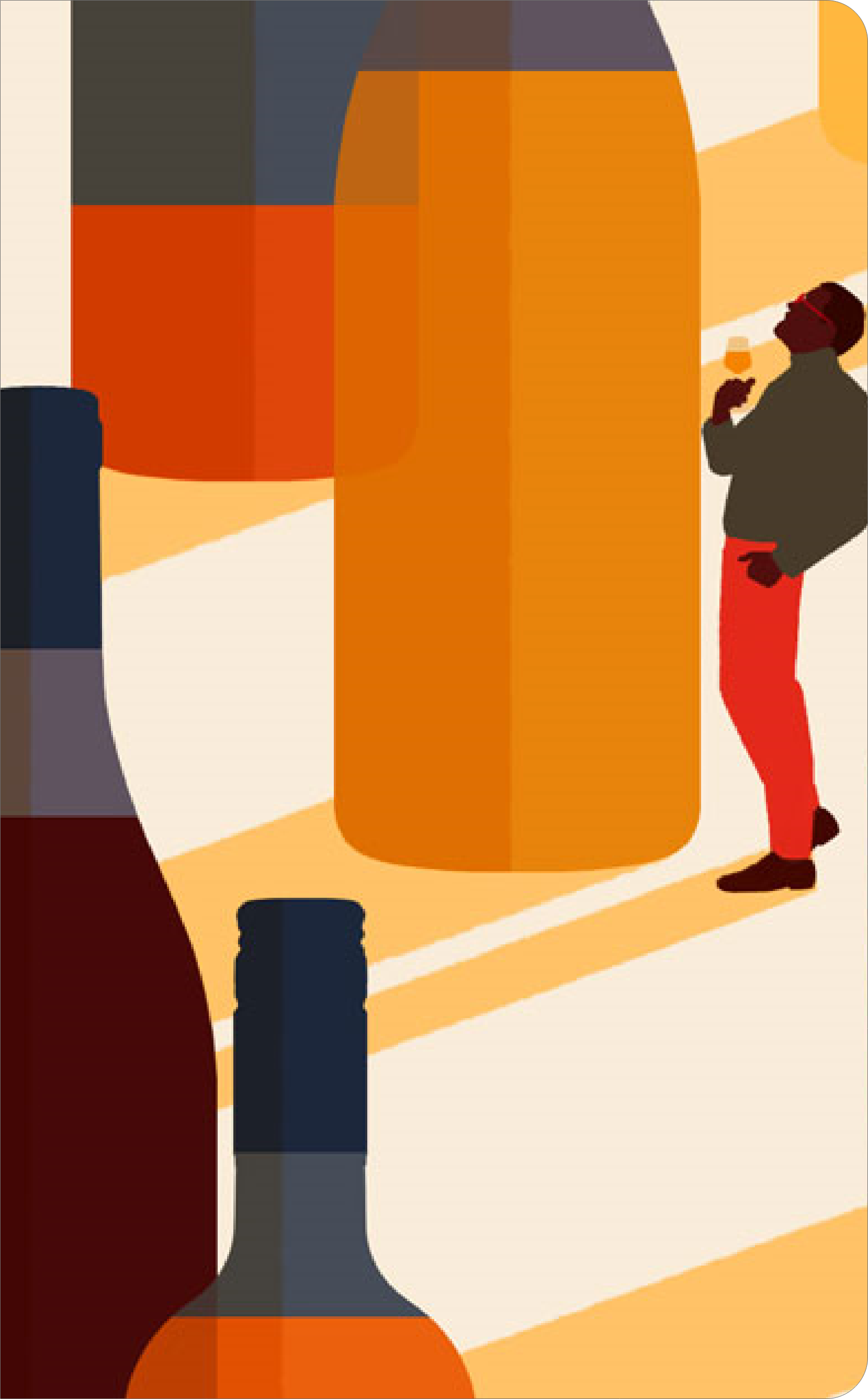Khndoghni
Ampelographic characteristics:
 Sugar content: 22.0-25.0 %
Sugar content: 22.0-25.0 %
 Bunches are medium or large, conical, very dense. The weight of the bunch is 180—357 g. Berries are medium, round and lightly oval, often deformed because of the density of the bunch. Skin is medium firm and can be separated from the pulp very easily. The pulp is spreading, the taste is simple, slightly astringent, the juice is slightly red.
Bunches are medium or large, conical, very dense. The weight of the bunch is 180—357 g. Berries are medium, round and lightly oval, often deformed because of the density of the bunch. Skin is medium firm and can be separated from the pulp very easily. The pulp is spreading, the taste is simple, slightly astringent, the juice is slightly red.

Synonyms:
Sireni
Resistance to diseases:
 The variety has strong resistance to mildew. It is relatively less damaged by oidium and damaged a lot by noble rot. The variety is resistant to summer dry climate, and reacts well to the irrigation. The variety differs with increased requirement for warm.
The variety has strong resistance to mildew. It is relatively less damaged by oidium and damaged a lot by noble rot. The variety is resistant to summer dry climate, and reacts well to the irrigation. The variety differs with increased requirement for warm.
Vegetative features:
 The vegetative period is usually stopped by the first autumn frosts, which more often are followed in the end of October in Artsakh. The vine can give berries already in the third year after planting: the final fruiting is followed in the fourth-fifth year. Yield – 15 t/ha.
The vegetative period is usually stopped by the first autumn frosts, which more often are followed in the end of October in Artsakh. The vine can give berries already in the third year after planting: the final fruiting is followed in the fourth-fifth year. Yield – 15 t/ha.
Climate conditions:
 The variety successfully grows in the highlands of northern and southern slops without irrigation, as well as in low-laying areas, with good sunlight. The grape is the best grown in the loamy soil. The grapes cultivated in villages enjoy special uniqueness. Khndoghni is less frost-resistant than other local varieties and can be damaged by low temperatures, like -18– -20 °С.
The variety successfully grows in the highlands of northern and southern slops without irrigation, as well as in low-laying areas, with good sunlight. The grape is the best grown in the loamy soil. The grapes cultivated in villages enjoy special uniqueness. Khndoghni is less frost-resistant than other local varieties and can be damaged by low temperatures, like -18– -20 °С.
 Wine characteristics:
Wine characteristics:
The berries of Khndoghni have great deposits of colour and tannic agents, giving deep
coloured and full body wines, with significant astringency, at the same time smooth and velvety.
The notes of dogwood, cherry, pomegranate in the bouquet are characteristic for wines
from Khndoghni. In case if the wine is aged on the must, the thick colour is added with
significant astringency. The colour intensity and extract of the variety are so high that
Khndokhni is often used in blends to improve the properties of wine. The formation of the
beautiful bouquet demands a long term ageing.
 Historic notes:
Historic notes:
Khndoghni is the principal traditional grape variety of Artsakh. By morphological
features, it is the typical representative of the eco-geographical group of eastern technical
varieties. The name of the grape, translated from Armenian, means “…..”.
There are many versions about the time and place of its origin, including its Iranian one.
But there is something that can be claimed for sure: Khndoghni is now a local grape variety of
Artsakh, where it feels excellent, demonstrated perfect results and coveres almost 70% of the
local planted area.

